Morris Louis worked through several artistic stages, experimenting with a new acrylic paint that would be instrumental in defining his mature style. How did Louis’s materials impact his art?
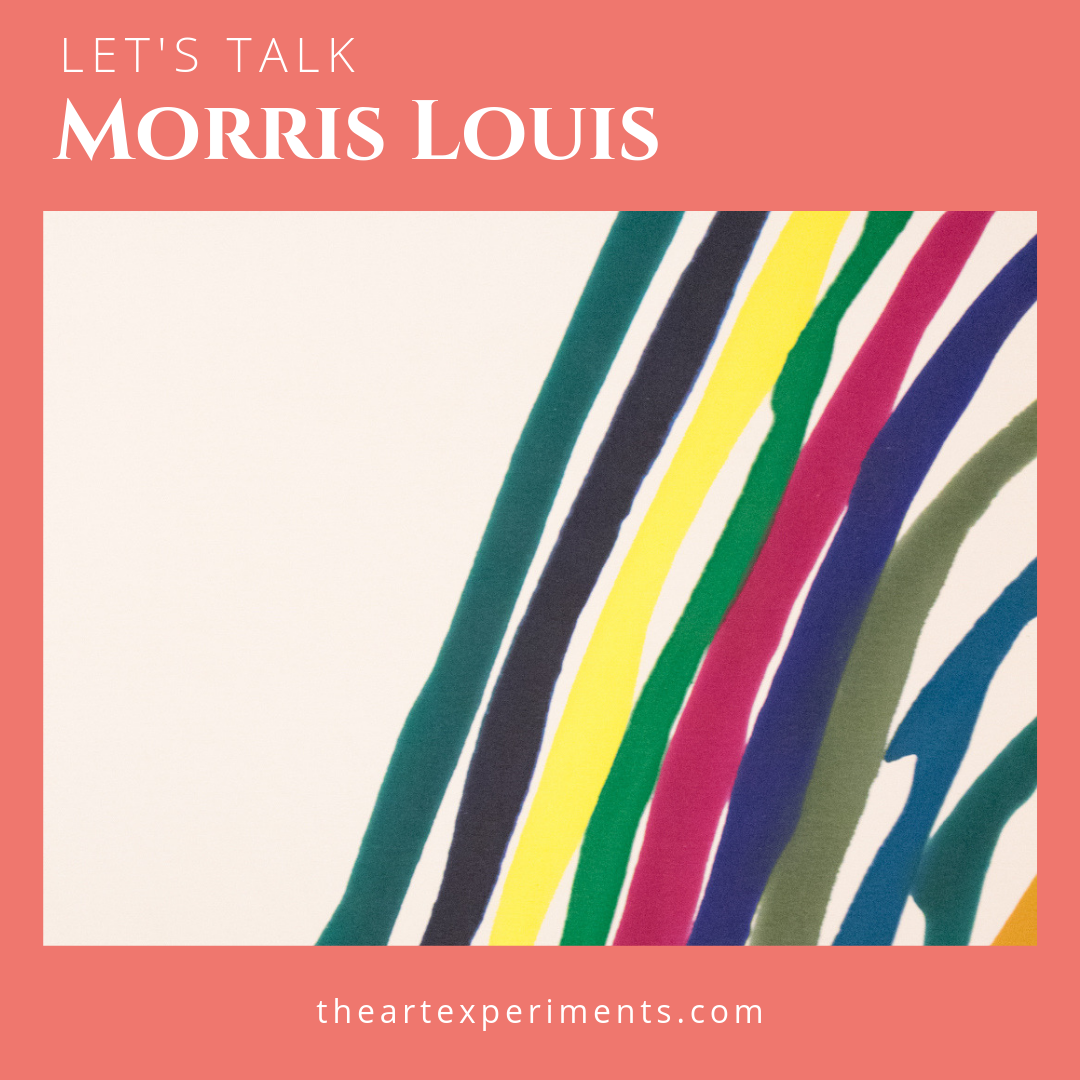
The best resource I’ve found on Morris Louis is morrislouis.org. At that site, Louis’s work is divided into seven periods with what seems like exhaustive examples of his work:
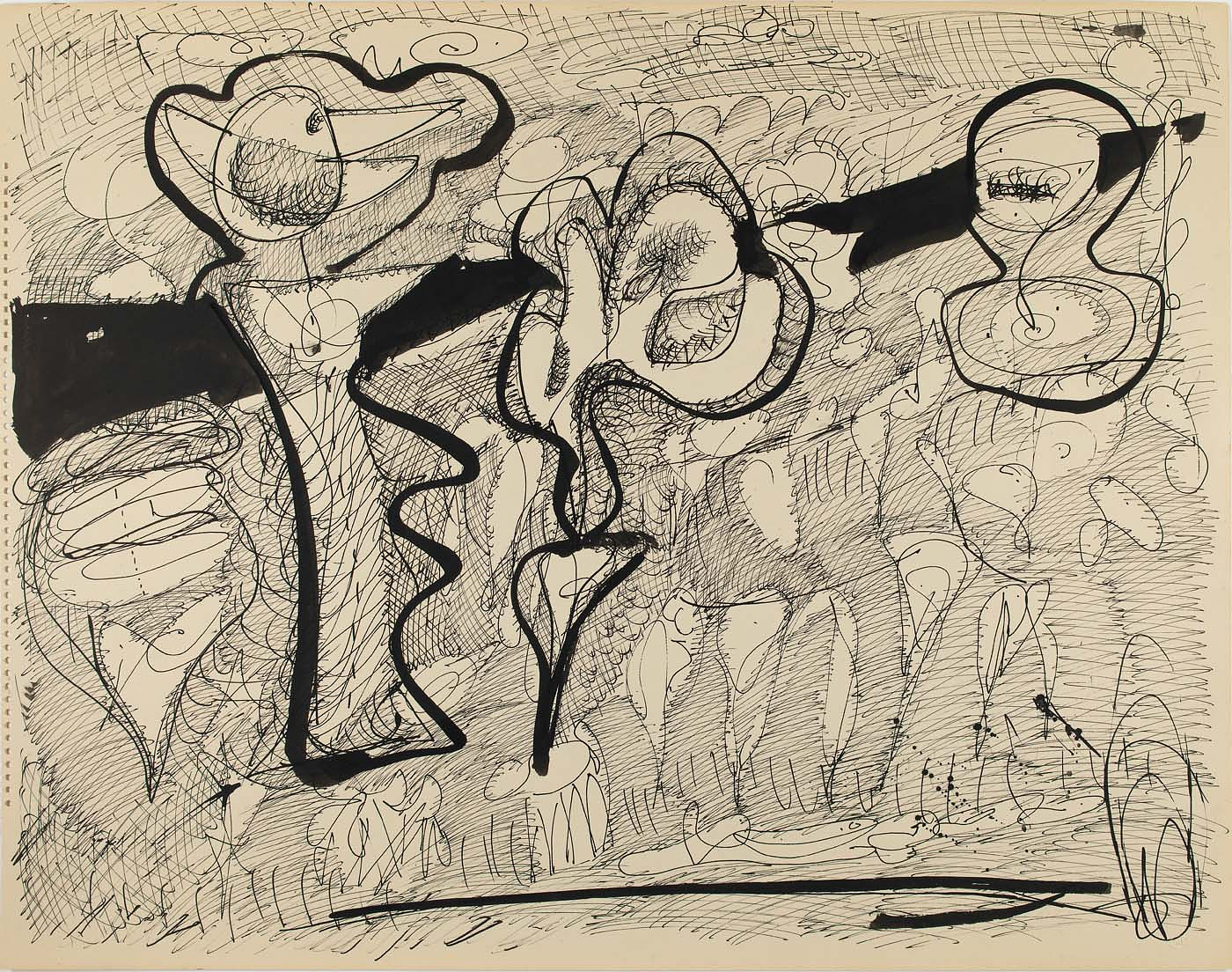

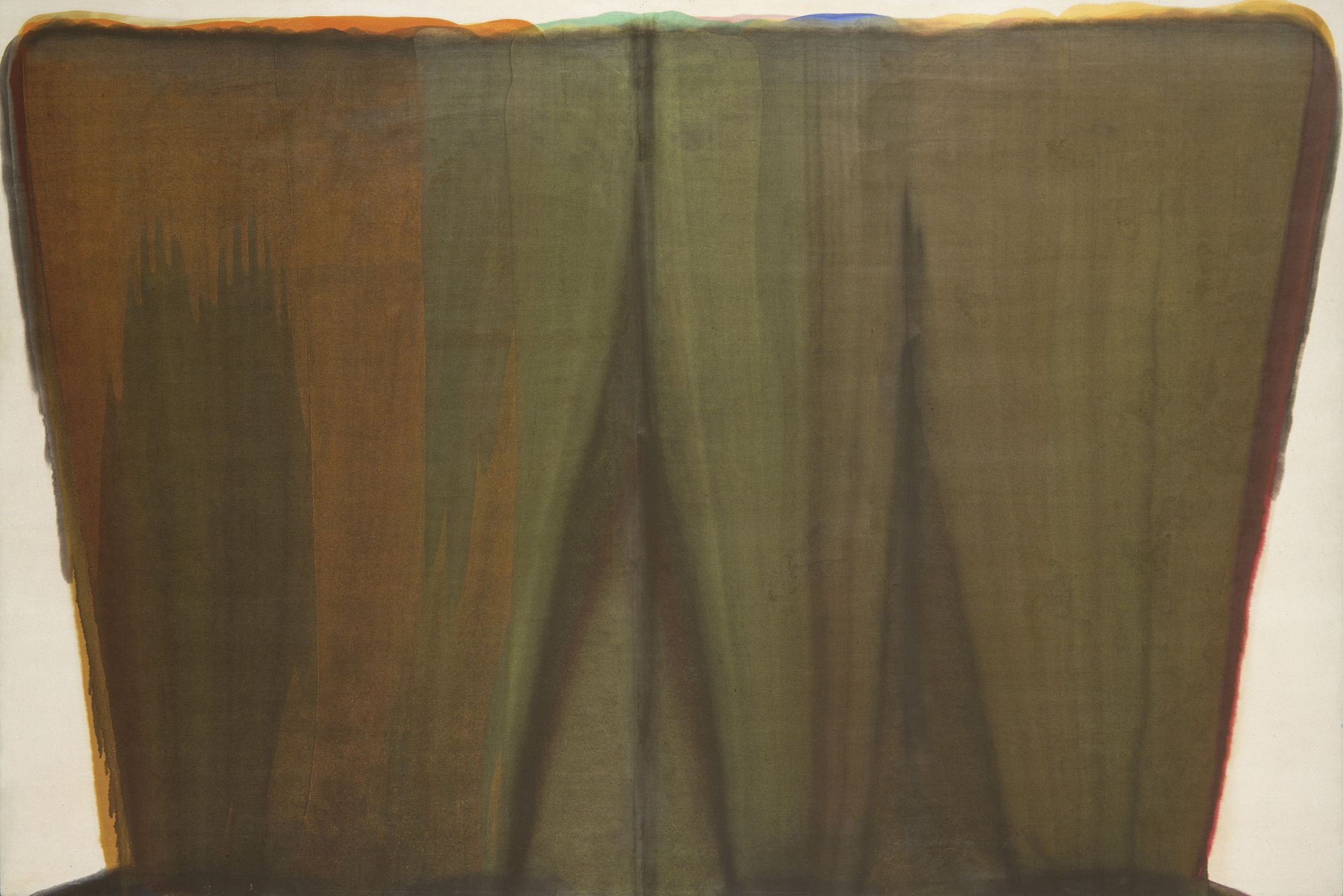
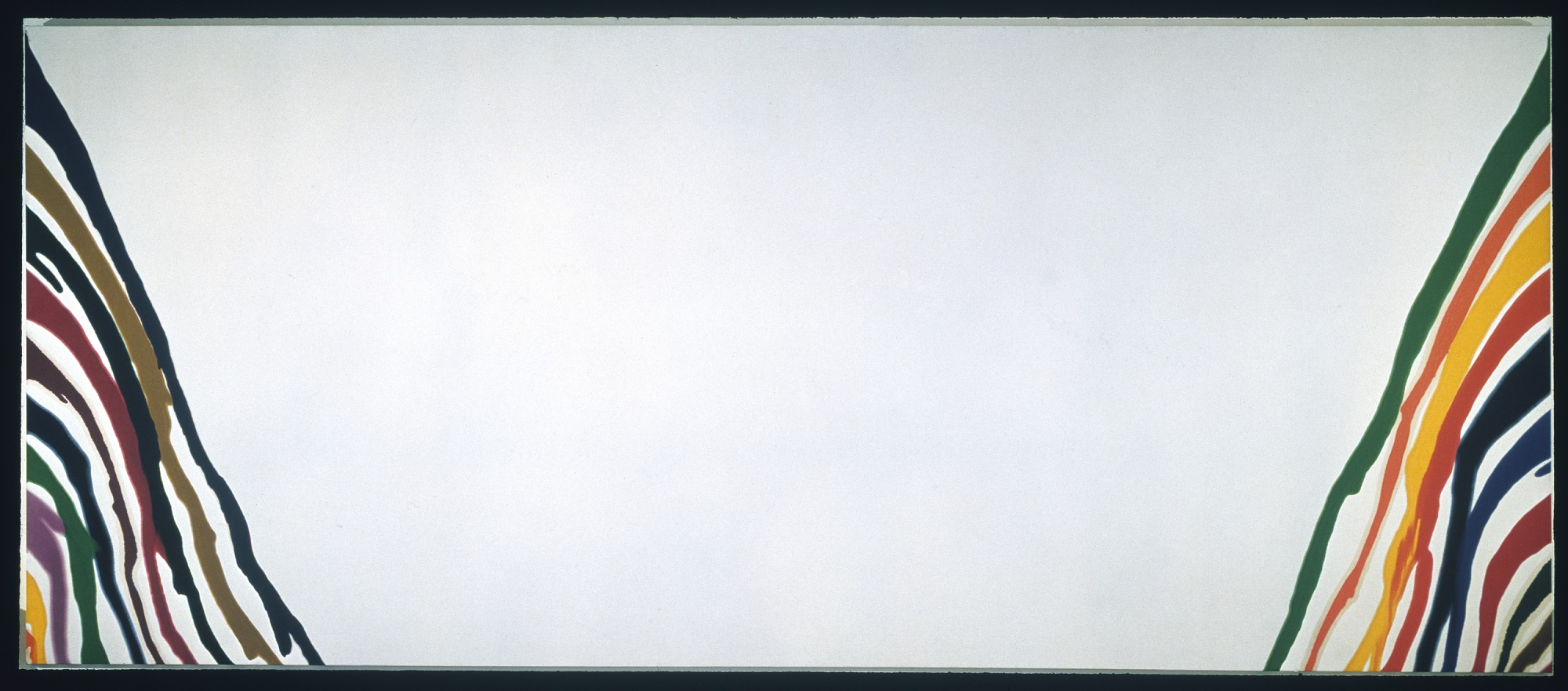
Above images courtesy Smithsonian American Art Museum

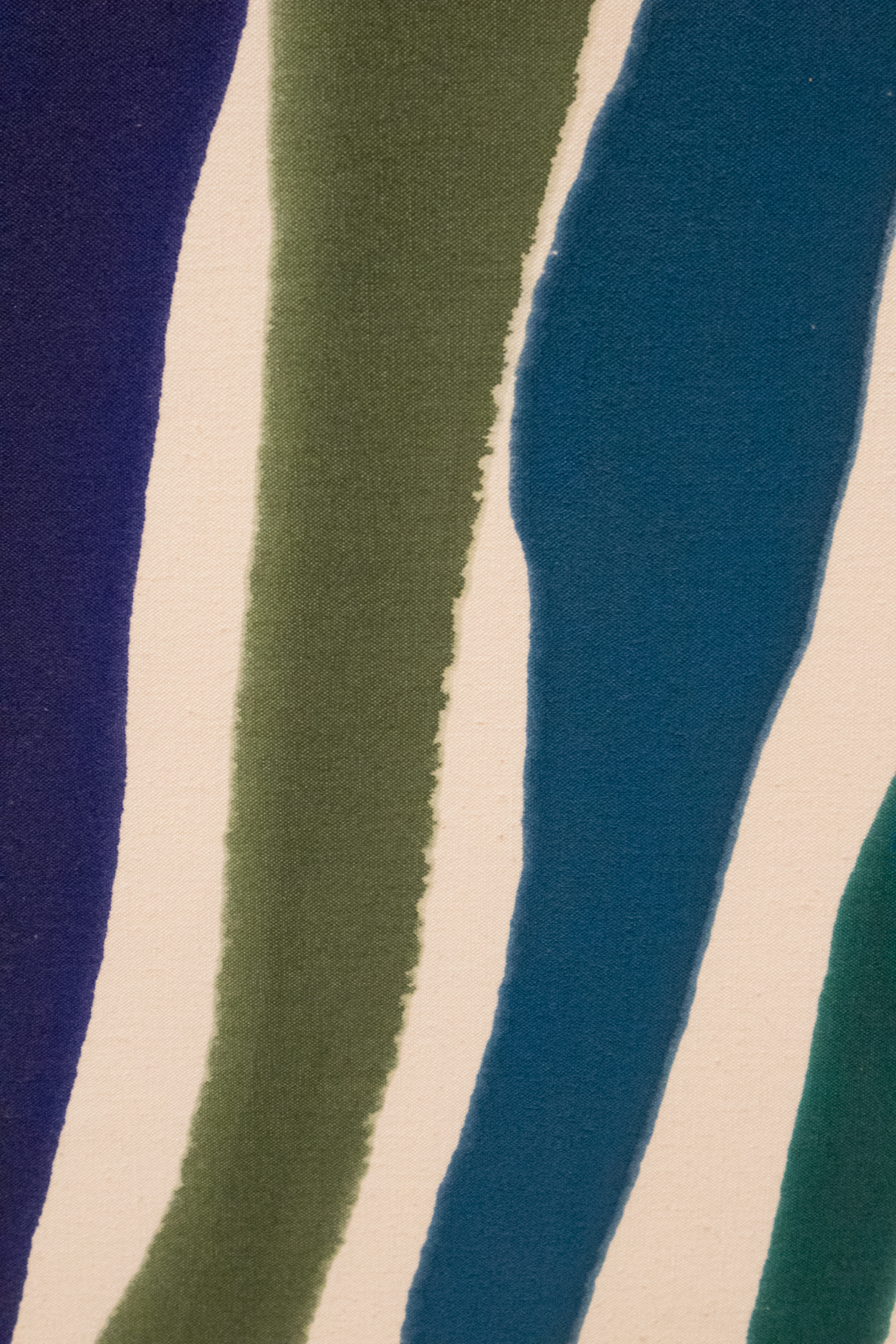
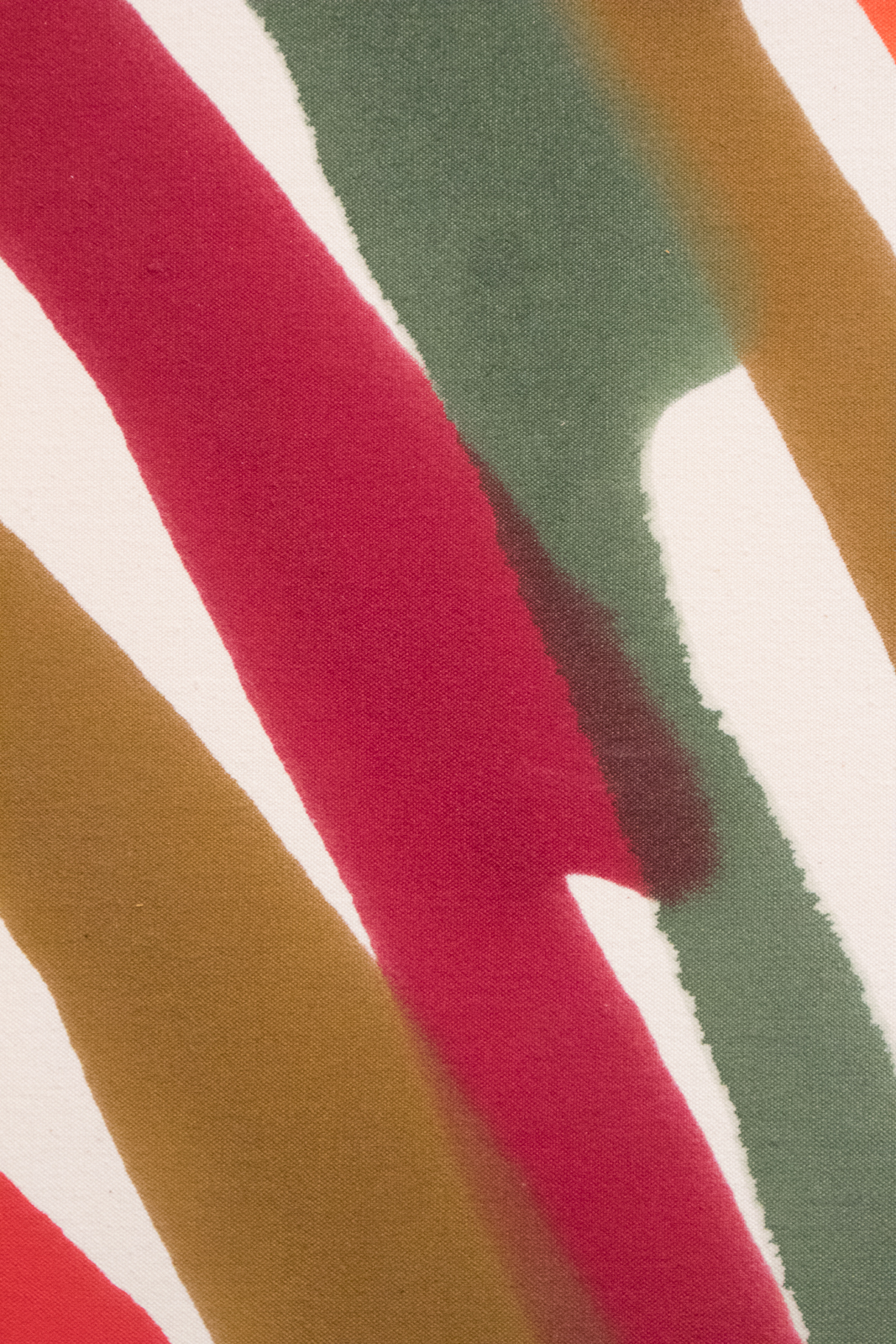

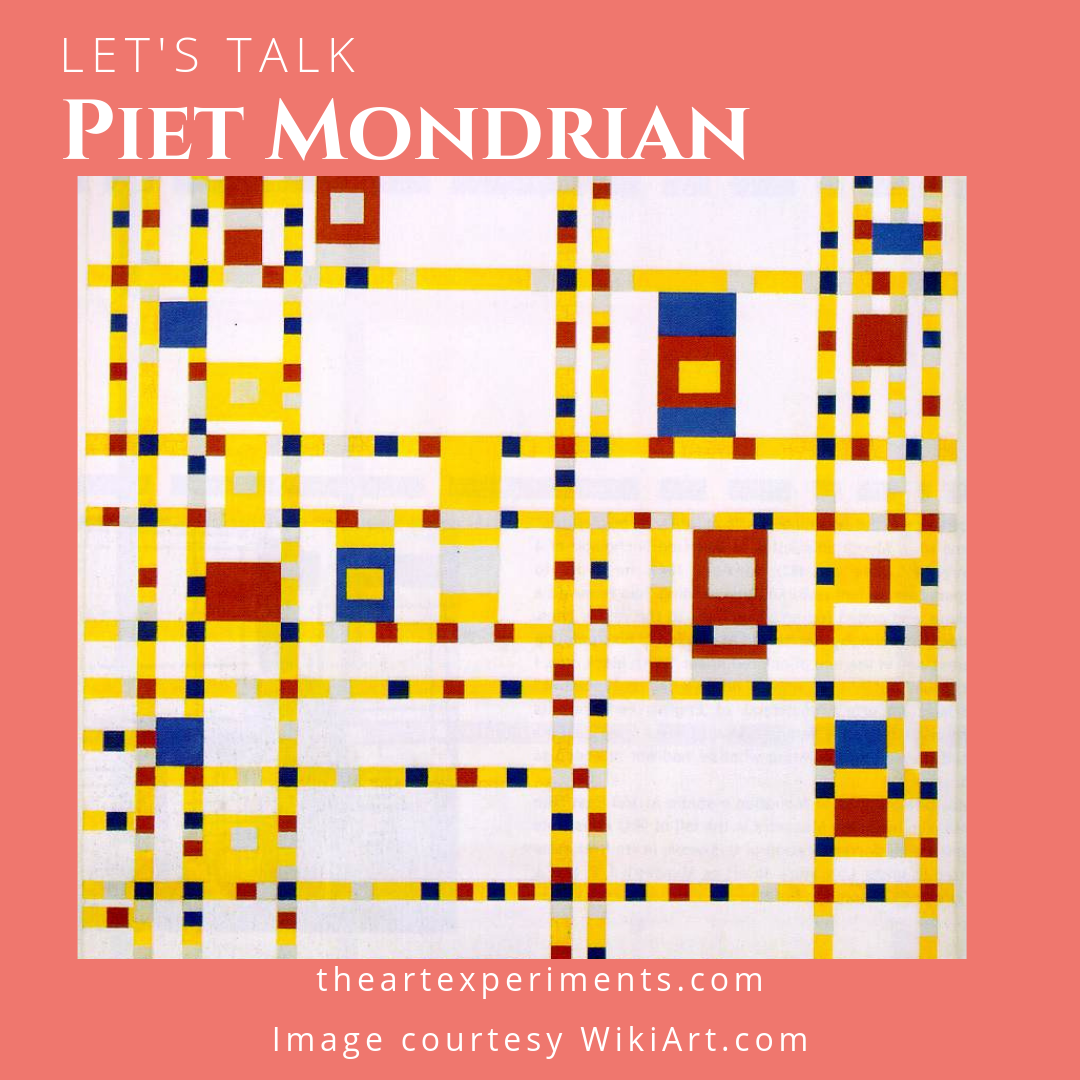
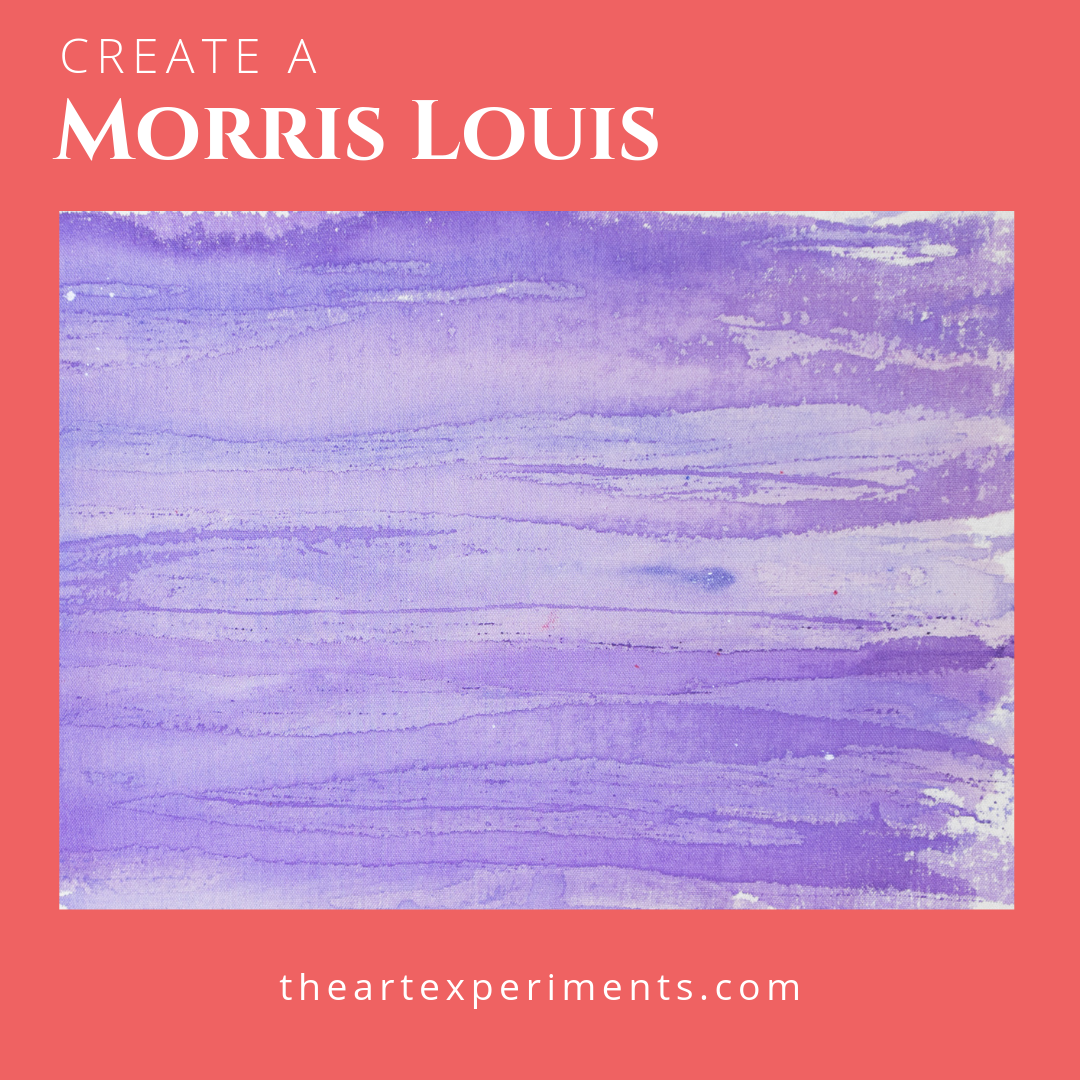
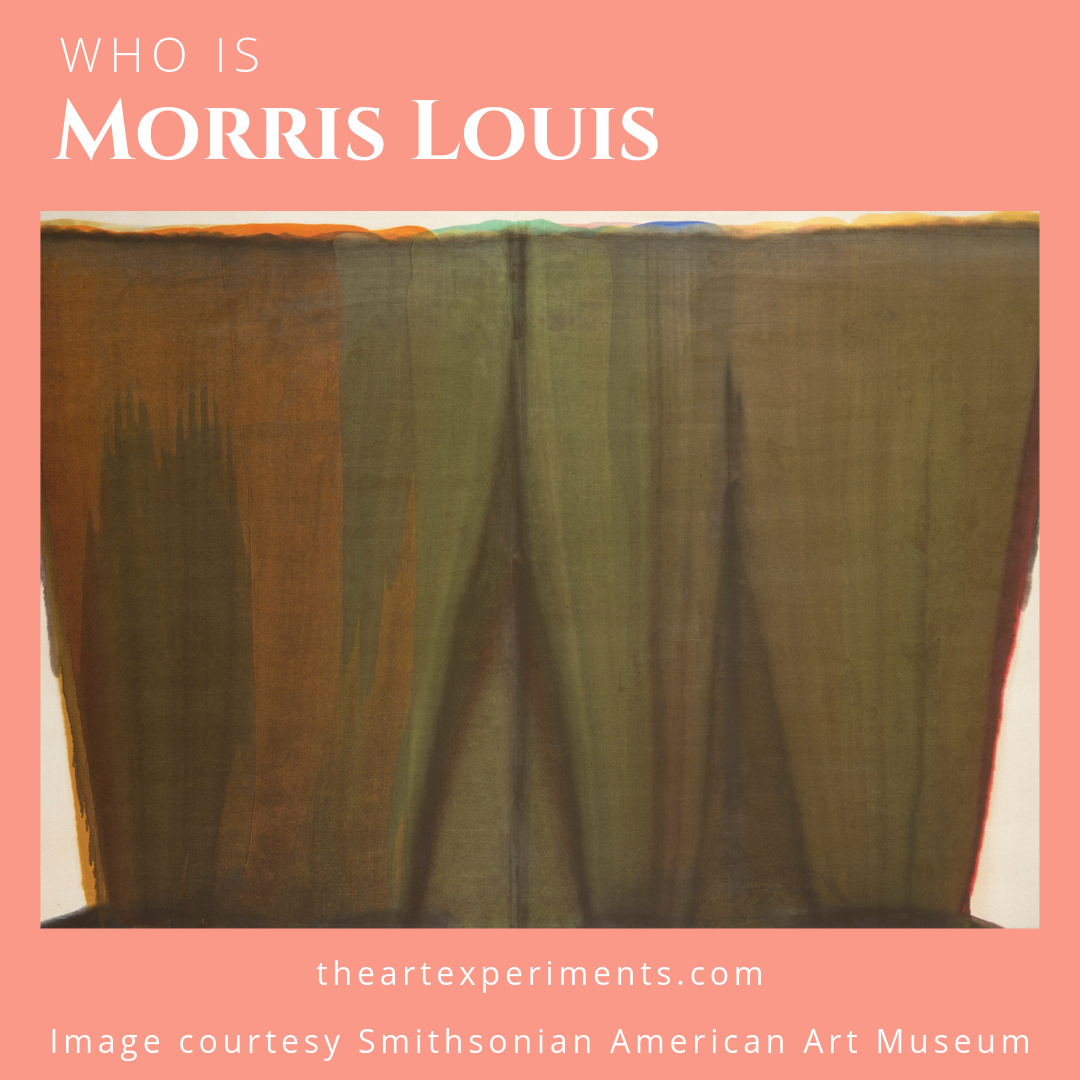
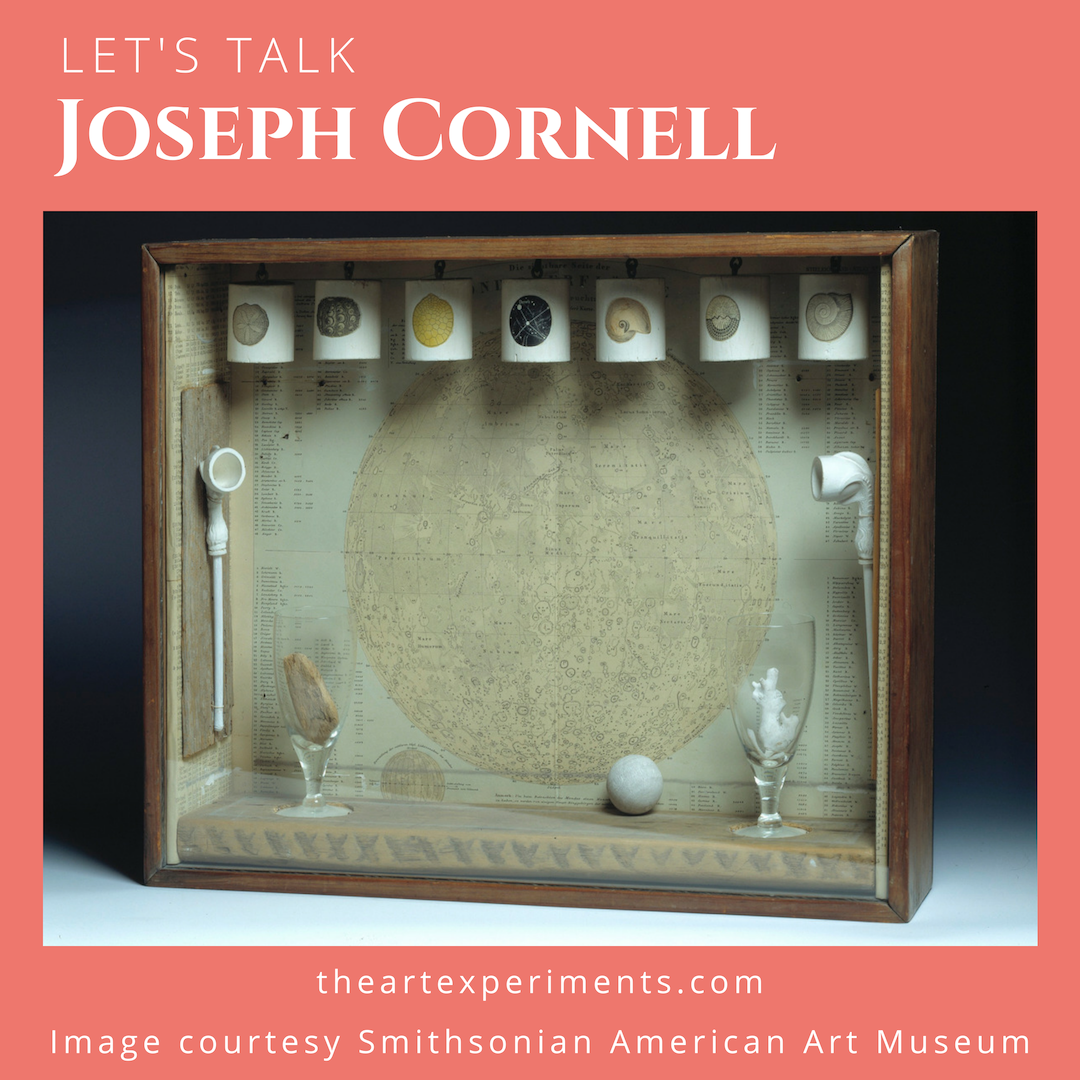
Leave A Comment